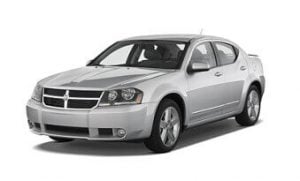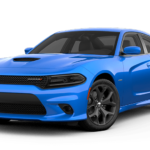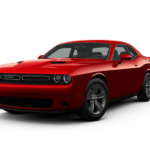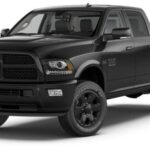Dodge Avenger Oil Type
Select Your Model Year...
Choose the appropriate model year for the Dodge Avenger you are trying to find the oil type & capacity for from the list below.
Dodge Avenger

- Manufacturer: Dodge
- Data Source: Owner's Manual
You can find 17 different trims for the Dodge Avenger and their corresponding recommended oil type.
The years available stretch from 2007 through to 2014 and to view the oil type and capacity you just click to expand.
The Avenger is a series of two different models produced by Dodge, both under the same name. The original coupe version ran for five years between 1995 and 2000, while the modern sedan version was released in 2007.
This version was discontinued seven years later in 2014. Interestingly, both iterations only received a single generation during their respective time on the market.
The model ended up being replaced by both the Dodge Dart and Chrysler 200. Both successors featured huge similarities with one another and the original Dodge Avenger.
Competition for the modern version typically came from the likes of the Ford Fusion, Kia Optima, and Hyundai Sonata.
The number of trim levels for the modern Avenger was rather extensive considering the model was only around for only a single generation. They consisted of the base SE, SXT, SXT Plus, R/T, R/T AWD, Express, Mainstreet, Lux, and Heat.
Of course, the R/T version is Dodge’s high-performance version, standing for Race/Track. Lux and Heat were both limited editions for the SXT Plus trim level. Both of these were released in 2011.
The mid-size fastback sedan featured a 4-door layout. Dodge offered it in either front-wheel or all-wheel drive, depending on trim level.
Powertrains started with a 2.0 L World inline-4 - the same engine used in many Dodge models. The largest in the bunch was the 3.6 L Pentastar V6 that was found in performance versions.
There was also a turbocharged 2.0 L VW inline-4 available in certain higher-performance models.
These engines were mated with a number of different transmissions depending on trim and the respective engine. Transmissions were typically automatic and ranged from a 4-speed through to a 6-speed. There were also manual options in both 5-speed and 6-speed.



